The KSSO: Russian Special Operations Command

The KSSO: Russian Special Operations Command
The Special Operations Forces Command has established itself as the main special forces division of Russia. Also known as "polite people", Russian Special Forces or KSSO and it rivals many Tier 1 Western Special Forces.
1. History of KSSO
Special forces can come from a variety of national motivations and military needs. For some it is a necessity to meet the changing demands of combat, for others a specific event triggers the need to develop such a task force. Russia already had a number of special forces groups when the KSSO was formed. The Spetsnaz, a holdover organization from the Soviet era, filled many gaps in the special forces needs of the new Russian Federation. The Russian military, Federal Security Service, and Ministry of Interior all have Spetsnaz units assigned to them.
Although they were special forces themselves on paper, they did not serve the same purpose as most Western special forces groups. Russia would realize the need to add an entirely new division with a new purpose, as the Western powers had done. For the United States: The Joint Special Operations Command (JSOC) and a new general approach to special forces would emerge from Operation Eagle Claw. For Russia, the Spetsnaz chess at Beslan and Nord Ost would be their Eagle Claw. Just as the United States would fail to rescue the hostages taken in Iran, Russia would also face a failure to rescue the hostages taken in Moscow, with 130 dead. ( Source )
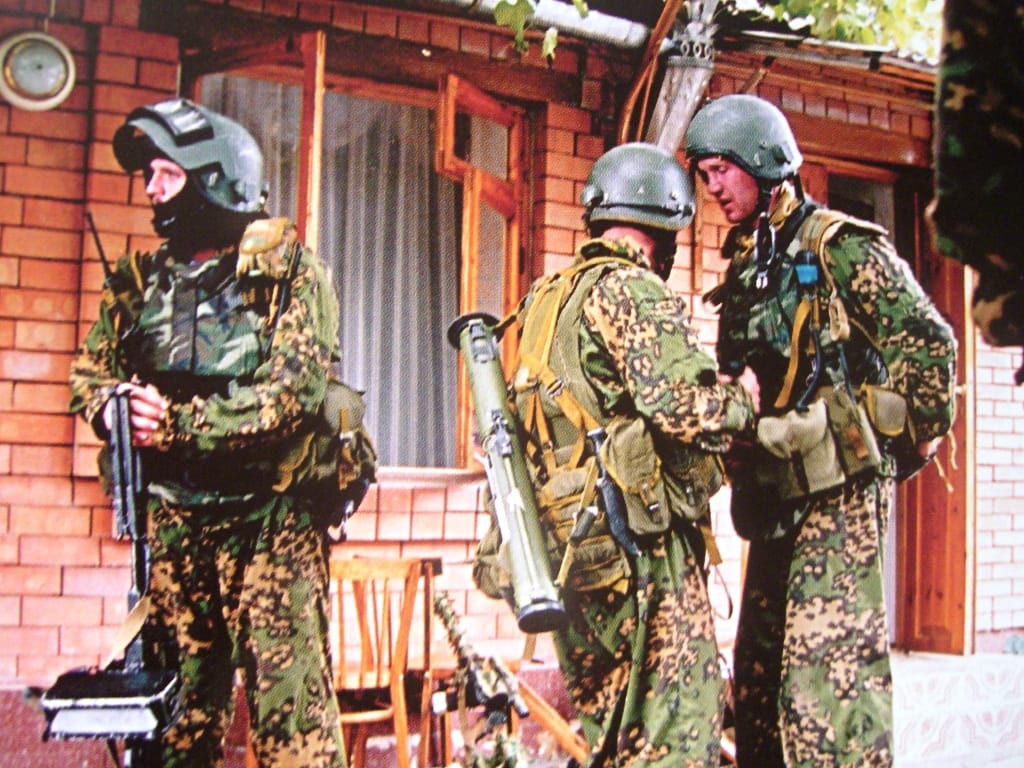
1.1 Russia's Special Operations Command is born
Subsequent Spetsnaz failures and the increasing use of American and Western special forces prompted Russia to embrace the creation of a new group. This group would not be an extension of the Spetsnaz, rather it would be entirely independent and fully emulate its Western counterparts.
In 2012, the KSSO, under its official name, the Komandovanie Sil Spetsial'nalnykh Operatsii (in English: Special Operations Command). It established itself from the forces transferred from GRU Spetsnaz . Since then, the KSSO would operate in many theaters in which Russia seeks to expand its presence, handling the most delicate and complex special operations. ( Source )
2. Organization and mission of the KSSO
Unlike the Spetsnaz, the KSSO is neither numerous nor intended to cover so many different roles. Estimates of team size are between 2,000 and 2,500, while Spetsnaz estimates are around 17,000 personnel in total. ( source ) ( source )
The KSSO was established in 2009 after the transfer of GRU personnel under its authority. ( source ) The exact composition of the force is not known given the secretive nature of the group. The unit has grown and will most likely continue, given its increased use worldwide.
From a command point of view, the KSSO is an independent entity from the GRU and the Russian army. Standard soldiers and commissioned officers make up the military of the KSSO. ( source )
KSSO operators fill a number of specialized roles in the field and, according to some experts, compete with Zaslon . The Russian Ministry of Defense noted that some of the actions carried out by the KSSO are "...combat methods and operations that are not typical for conventional forces - reconnaissance and sabotage, subversive, counter-terrorist, counter-sabotage , counterintelligence, partisan, anti-partisan and others”. ( source ) These actions alone require an extremely focused and efficient individual. The expectations of the KSSO do not stop there, however.
3. Selection and training
KSSO, Spetsnaz as well as standard Russian Army trainees go through a rigorous training process.
KSSO recruits attend five primary specialization and training schools. These include parachute training, mountaineering, diving, urban warfare and VIP protection. ( source ) KSSO deployed in Crimea, Syria and during the North Caucasus insurgency. These deployments demonstrate the expected adaptability of the KSSO through its varied environments and battlefields.
4. KSSO Equipment
In addition to their training, the KSSO are armed with some of the most advanced weapons in the Russian arsenal.

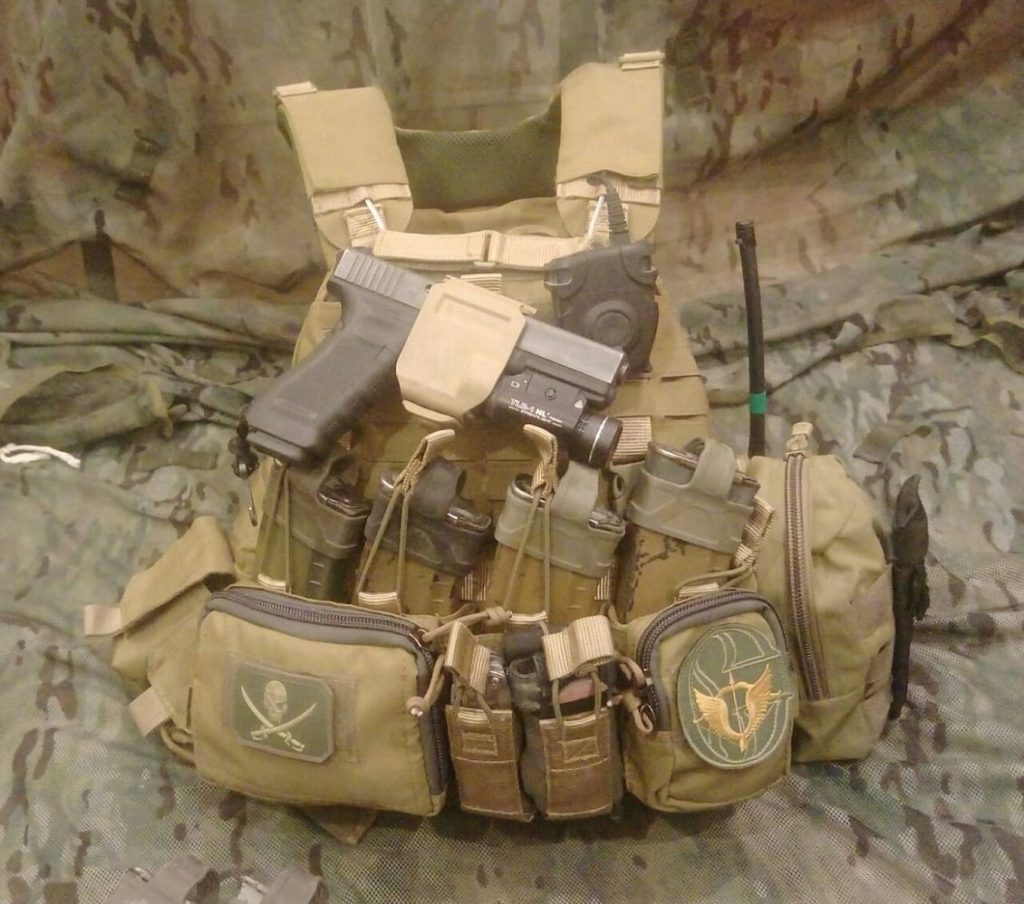
4.1. KSSO kit
Ratnik , the Modular Russian Tactical Kit, is one of the most commonly used kits by the KSSO. ( Source ) While the Russian forces have begun the integration of the kit into their ranks, the KSSO has largely integrated it. The modular kit allows it to respond specifically to each operational need. This adaptability is a key feature for special forces operating in a range of environments and mission settings.
In addition to Ratnik, the KSSO only uses equipment and kit from other countries. ( Source )
Russian operations can often attempt to seek levels of denial and obscurity both locally and internationally. When forces use kits that are primarily used by their own nation, those kits become gifts from whoever they serve. The solution was to don the camouflage and kits of Western forces, including ( Source )
- American Multicam
- French Central Europe Camouflage
- german flecktarn
- polish multicam
- A-TAC F
- SURPAT (MARPAT copy)
This can help disrupt observers' ability to confirm or deny the presence of Russian forces in certain battlespaces.
Moreover, Russian military funding is relatively low compared to its rivals, being only slightly ahead of the UK and Germany, and well behind the US. ( Source ) Due to its lower expenditure, few components of the army will receive the best equipment or have large budgets, and even the special forces will suffer. While a SEAL team can get new and exclusive weapons purchased, the KSSO has chosen a broader procurement method. This is reflected in their equipment and gear, as well as their weapons.
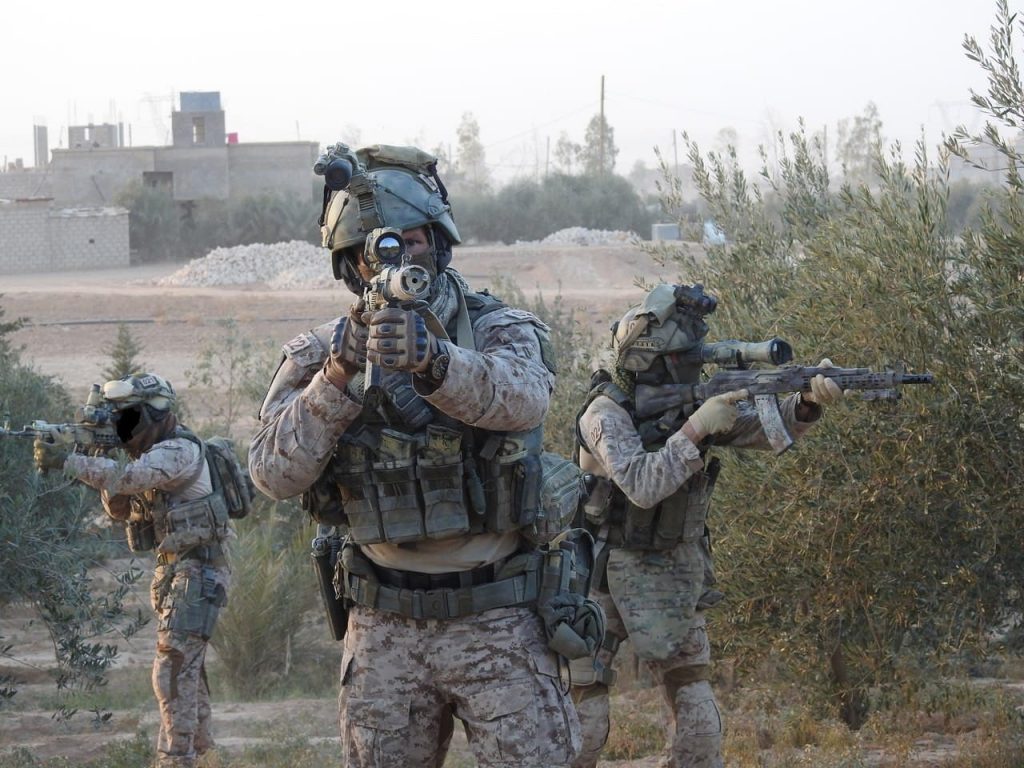
4.2. KSSO Weapons
The KSSO, like many other special forces, procured various weapons for many different combat situations. Their weapons, like their kit, feature weapons from the standard Russian arsenal and weapons from other nations.
As the KSSO is a special forces group with covert operations and a generally covert nature, it is impossible to confirm every weapon used in their arsenal. It is difficult to fully confirm the entire KSSO arsenal, given their secretive nature. It is especially difficult to confirm those used in low frequency and experimental systems that they can use.
4.2.1. assault rifles
No Russian special forces brigade, be it GRU, KSSO or otherwise, would be complete without a myriad of AK platforms. Among the more usual suspects is the AK-104, a known favorite of Zalson . More modern AK platforms are becoming more common among Russian special forces, especially the KSSO. Additionally, their arsenal includes many variations of the AK platform, including: ( Source )
- AK-47
- AKM
- AKMS
- AK-74
- AKS-74
- KS-74U
- AK-105
- HK416/MR556
These AKs have served and will likely continue to serve the entire Russian military for years to come.
The AS-VAL, with its unique integrated suppressor, continues to be used by Russian special forces for a number of operations. With subsonic shells, a high rate of fire, and a collapsible stock, it's understandable why this Soviet-era weapon continues to be used. It is likely that its DMR sibling, the VSS Vintorez, is also used by KSSO. The more experimental, AS-VAL inspired SR-3, also with subsonic rounds, saw extended service with Russian special forces.
Besides the most well-known Russian weapons, other very notable ARs appear. The AN-94, once intended as a replacement for standard AK platforms, saw relative use. Its complex design makes it more prone to breakage than the extremely durable AK, making it a less compelling replacement. ( Source )
In addition, the HK MR556, a reliable German AR platform common among Western armed forces, was also used. This, along with their use of the American M4A3 Bushmaster, shows the KSSO's willingness to accommodate non-Russian weapons.

4.2.2. submachine guns
First among submachine guns is another uniquely Russian weapon, the PP-19 Vityaz. Developed from the base PP-19 Bizon, it features a more conventional magazine design compared to its coil magazine predecessor but does not sacrifice its rate of fire or compact design.
Alongside the PP-19, the KSSO and other special forces continue to use the HK MP5, demonstrating the Russian military's ability to integrate weapons that are simply too reliable to ignore. With a low caliber and a fast, reliable rate of fire, the MP5 continues to be used for close combat solutions.
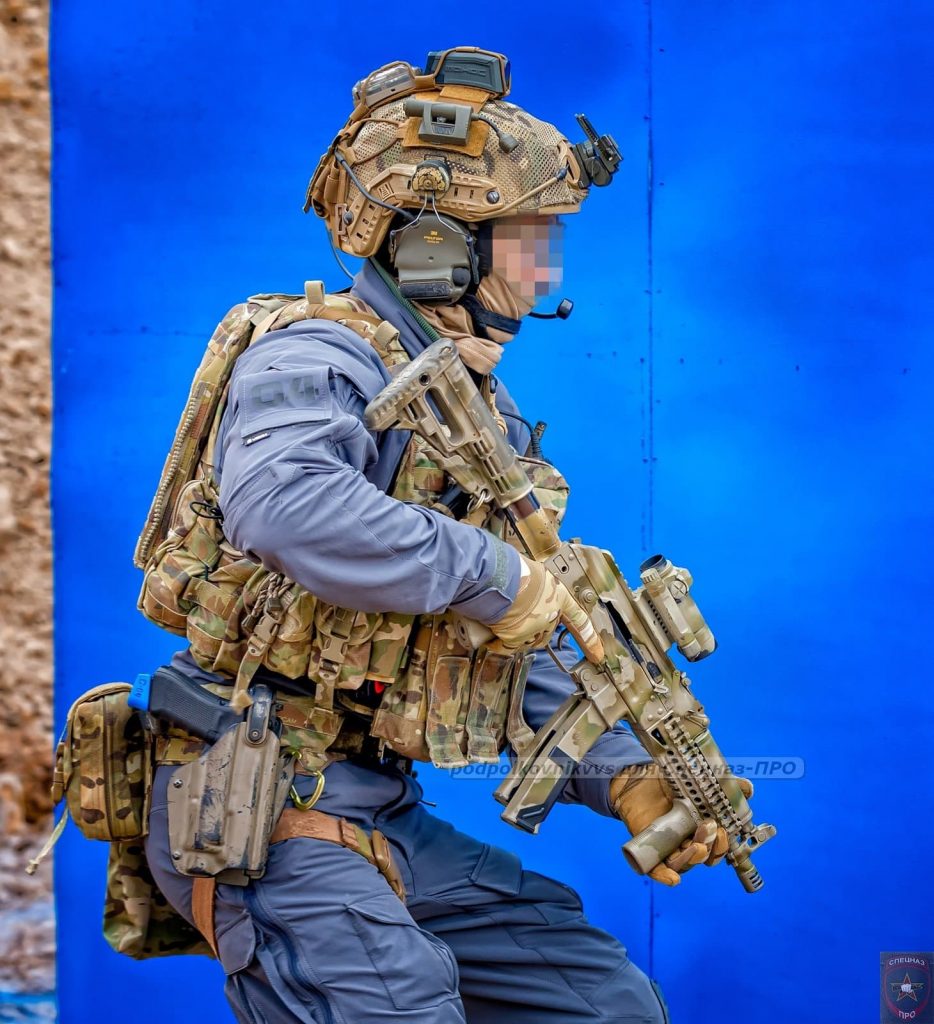
4.2.3. Machine guns and LMGs
The PKP Pecheneg still stands as one of the main MGs of many Russian special forces. Its large caliber and signature ammunition box make it a major part of Russian fire support systems. Its older versions, including the RPK-74 and PK, are also widely used. ( Source ) The PKM, a more modern version of the basic PK platform, is also frequently used by the KSSO. ( Source )
The RPK-74 (M) is also used by Russian special forces, including the KSSO, with an extended magazine and a low barrel. Many modern variants were used throughout the Russian military.
4.2.4. DMRs and sniper rifles
The KSSO uses a number of DMRs and sniper rifles to gain an advantage in long-range engagements.
The Dragunov SVD, a weapon that joins many others as a symbolic Russian weapon, has been and continues to be a go-to choice for many Russian armed forces. The SVDM, a more modern variant that shares many of the original SVD features, minus its wooden finish, is becoming increasingly common in Russian special forces circles. ( Source )
The SVDK, a high-caliber sniper rifle designed for above-standard armor penetration, is also regularly used by Russian special forces. It bridges the gap between mid range DMRs and longer range sniper rifles.
To facilitate longer range situations for its special forces as well as some more standard military groups, the Chukavin SVCh proves to be a worthy competitor for the SVD. Putin himself fired the weapon, helping to make it a more visible aspect of Russian long-range weaponry.
Other main sniper rifles in circulation in Russian military units, as well as in their special forces, include:
- Orsis T-5000
- Vychlop VSSK
- VSK-94
- SSG-08
- AWM
- Sako
- HK417/MR762
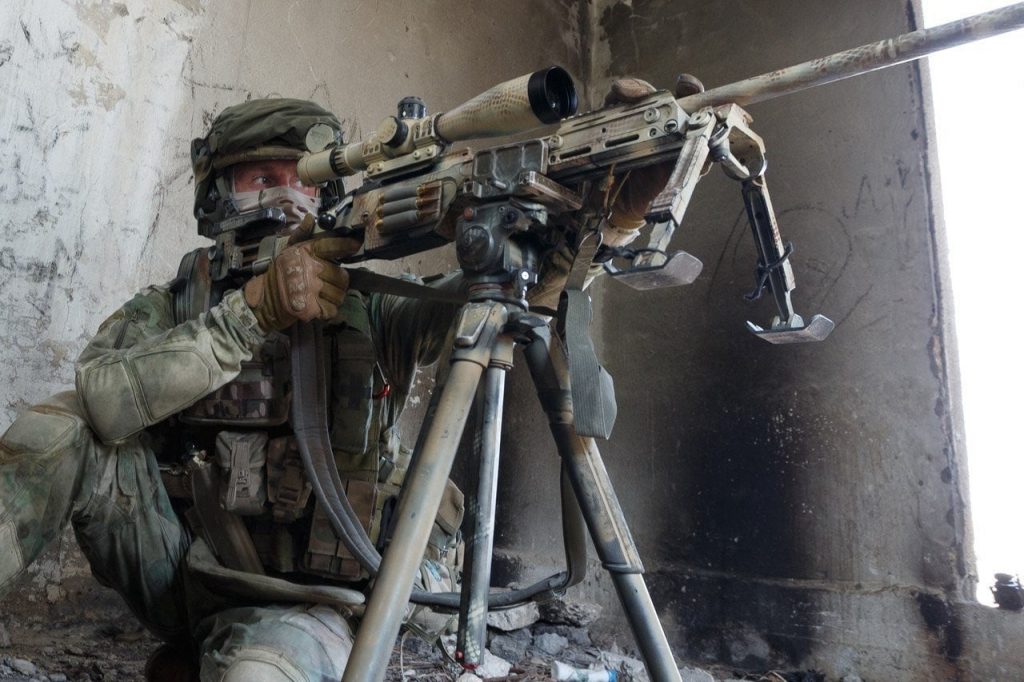
4.2.5. Side arms
Considering its use as one of the most common Russian military handguns, the MP-443 Grach has been in continuous use by the GRU, KSSO and other Russian military forces. It features a 17 or 18 round magazine and a compact design, making it both reliable and efficient.
Alongside the Grach, the Makarov, which takes its place alongside the AK platforms, the AS-VAL and the PKP as one of the most recognizable Russian weapons. Its extremely compact design and characteristic look make it an almost eternal component of the Russian army.
Among the less local handguns is the Glock-17, a weapon seen in use in most western military and police forces. Although not a standard issue weapon, the KSSO possesses the ability to change their kit much more than other military divisions, allowing them to choose from less common weapons. The Orsis factory produces many Glock-17s, 19s and 22s used by Russian forces. ( Source )
The APS automatic pistol, used by Roman Filipov in Syria, as well as the Udav pistol are important components of the KSSO loadout.
5. Contemporary operations
The KSSO has been anything but idle since its formation in 2012. They have taken part in a number of operations near and far from Russian territory. While they undoubtedly took part in more operations than officially known, they are known to have been involved in a few different very notable operations.
5.1. Black box recovery
In 2015, when a Russian Su-24 bomber was shot down over Turkish airspace, an international crisis ensued, with Russia sanctioning Turkey and calling for an investigation. The militants killed the pilot of the Su-24 after it bailed out and descended in Syria. The main way Russia could prove the innocence of its pilots is to recover the plane's black box. In order to properly recover this, Russia needed operators who could quickly, efficiently and discreetly recover the black box, and the KSSO was given this task.
KSSO operators quickly recovered the black box, working as expected. This would only be the start of KSSO operations in Syria.
5.2. The Palmyra Offensive
The 2017 Palmyra Offensive marked a decisive victory over ISIL, with Syrian National Forces retaking the lost city of Palmyra. Some Russian special forces “advisers”, including the KSSO, were assisting the Syrian National Forces. The offensives that followed the recapture of Palmyra would reconnect the region to Damascus, and Russian state forces helped achieve this goal. ( Source )
5.3. Fighting in Aleppo
According to the Center for Strategic Assessment and Forecasts, during the fighting around Aleppo, 16 men belonging to the KSSO repelled more than 300 militants. Militants reportedly assaulted entrenched special operators day and night in an attempt to dislodge them. ( Source ) Eventually, resistance from KSSO forces would cause the militants to back down and halt their attempted assaults. A number of these men would receive high level awards from the Russian state for their service.
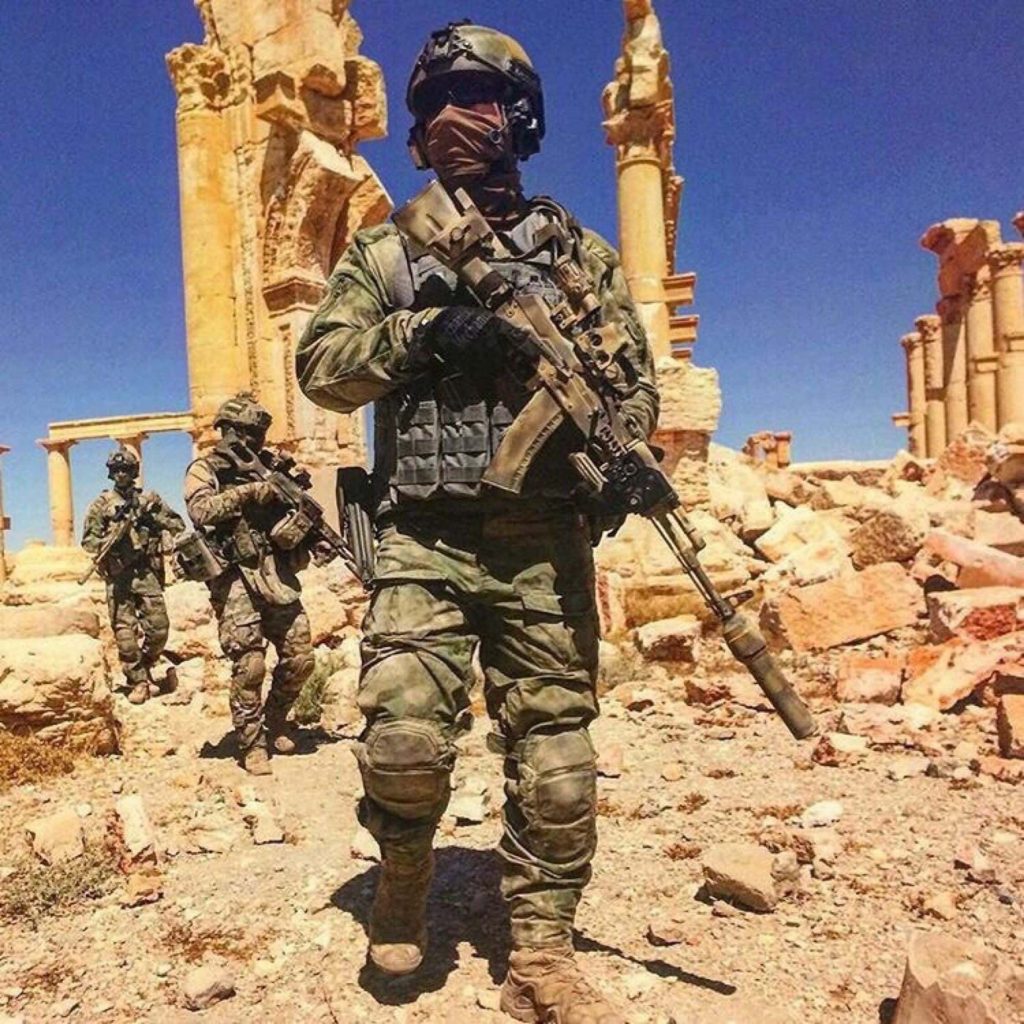
5.4. The Battle of Akerabat
Beyond the 16 men holding off 300, an equally impressive combat feat occurred in the town of Akerabat. It would be the KSSO, and more precisely an operator named Denis Portnyagin. In an engagement that has become legendary in Russia, Portnyagin was part of a KSSO group traveling through Syria, where his team was ambushed by around 40 insurgents. All members of the team besides himself were quickly wounded or killed, and Portnyagin took it upon himself to engage and kill many of the opposing force. He would have even been ready with grenades to blow himself up in case he was captured. ( Source ) Portnyagin would receive the Hero of Russia award from Putin. Such efficiency under pressure is a testament to KSSO's training and skill.
The KSSO fighting alongside the Syrian National Forces in a low-key and open manner helps demonstrate both the groups' adaptability, but also reflects Russia's footprint in the region. Assisting allies with the KSSO demonstrates a dedication to a more permanent power presence in the region, alongside regional allies.
6. At the gates of the homeland
Syria would not be the only place where the KSSO would gain both experience and notoriety. When Russia annexed Crimea in 2014, the annexation had a unique phase to describe the invading Russian forces, the “little green men”. These men were members of the KSSO, some of whom wore Russian uniforms as well as non-uniform outfits. (Source) KSSO forces would have been specifically tasked with taking more strategic positions amid the chaos of the power transition. These positions included airports and other high-value locations that required more specialized deployments to secure.
A reporter on the ground in Crimea noted that one of the soldiers spoke of the appearance of a Russian soldier, stating that "not only was his face hidden, but his green and black digital patterned kit that screamed 'forces. special "rather than "conscript". "did not have any insignia or markings". ( Source )
The full composition of the "little green men" is very difficult to confirm, given their innate design to be essentially untraceable with no visible insignia. The KSSO took more strategically important targets, but also most likely participated in the annexation.
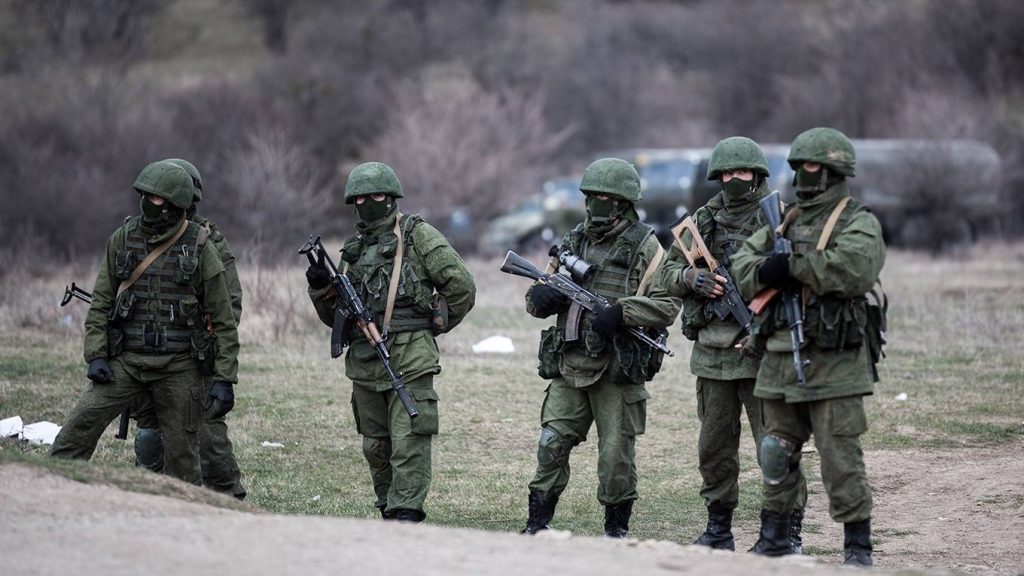
7. Future
The KSSO presents itself as a formidable and adaptive special forces group, existing as the logical emulation of western special forces groups. Russian warfare doctrine was able to establish a new group that more effectively meets the modern requirements of lean Special Forces operations. Alongside their sister organization Spetsnaz, it is likely that the KSSO will continue to develop its methods and will be used with increased frequency in any theater Russia finds.
0 comments